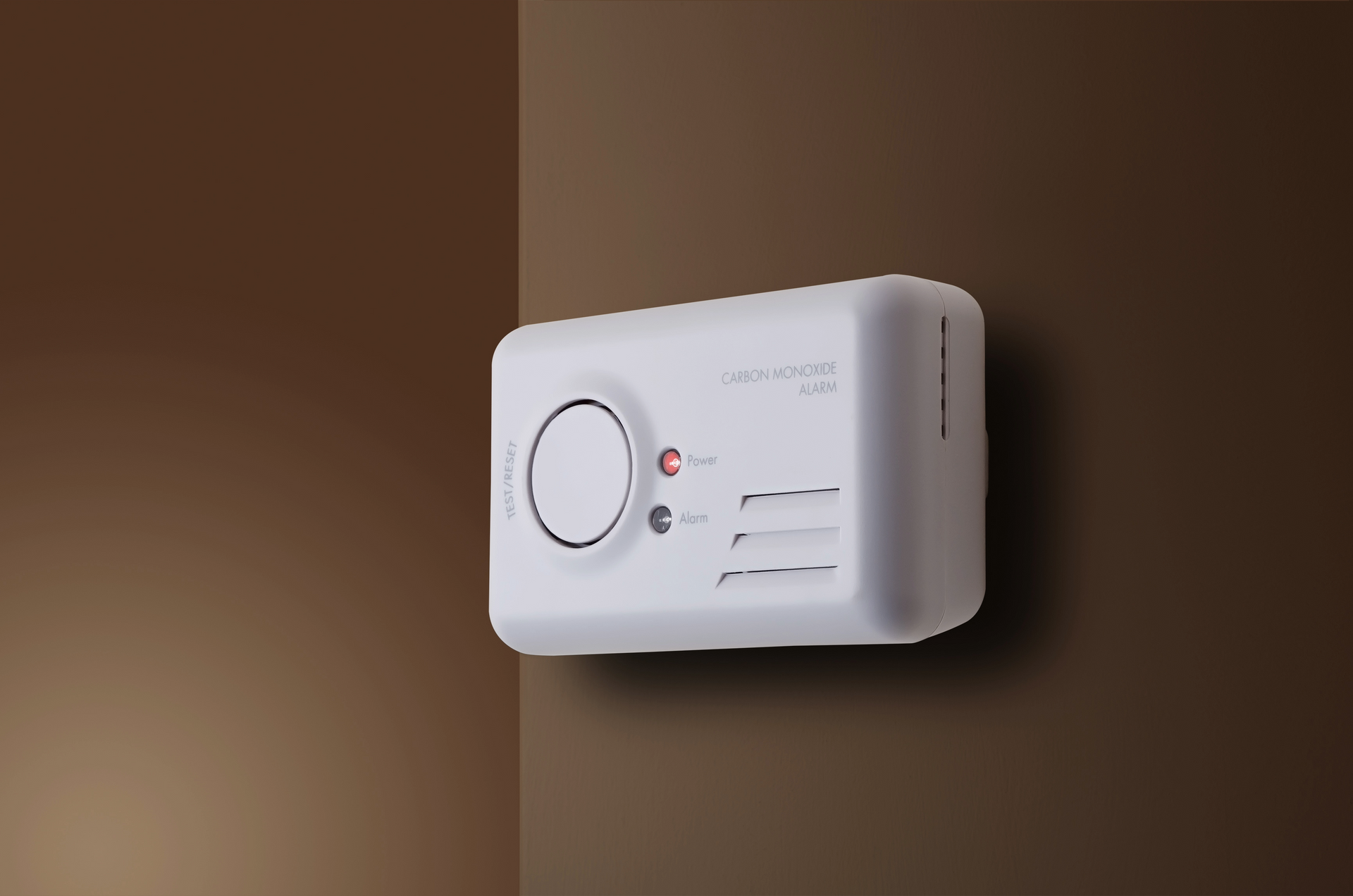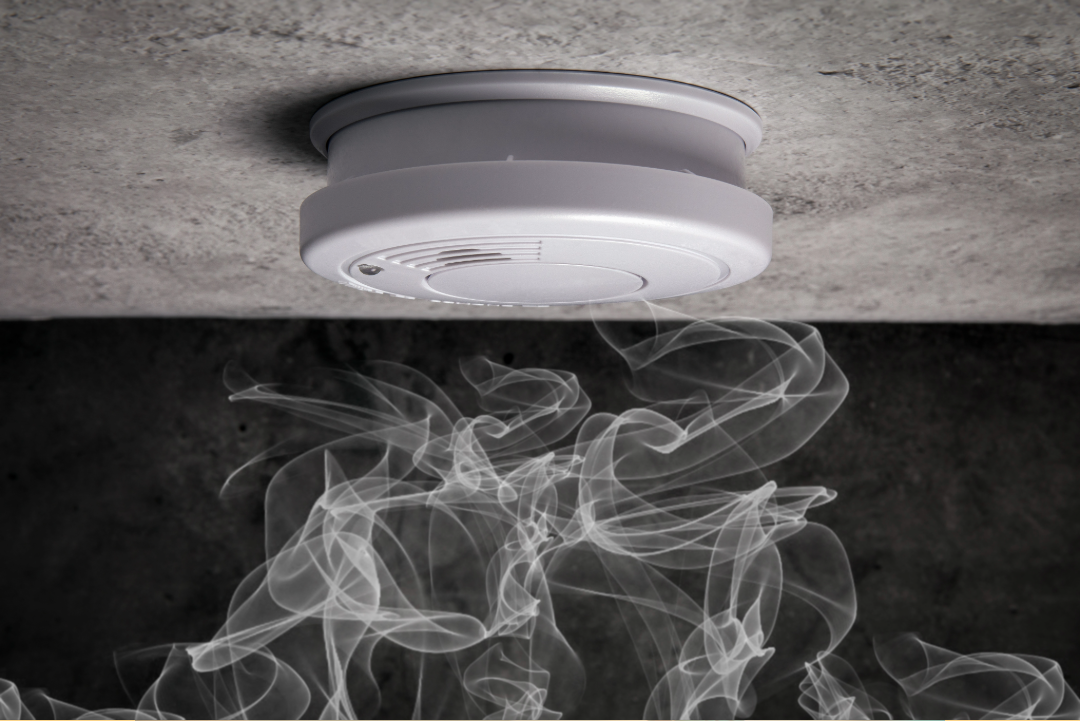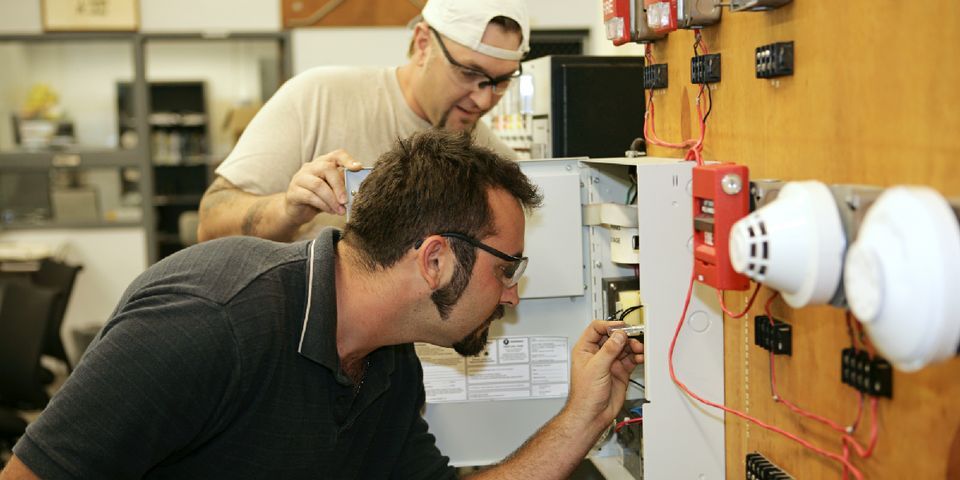The Importance of Alarm Communication
Alarm Communications and Their Importance
Communication paths in alarm technology have changed over the years . When I first started in this business it seemed that there was only one path of communication in the industry, POTS lines. (Plain Old Telephone Service) While at the time a wireless option was available, it was very expensive and out of the reach of most homeowners. Also the technology was in its infancy (was on a slow emergency band, did not do zone reporting, fault zone reporting versus the cellular GSM radios of today)
With the advent of the Internet, and GSM radios to more cellular networks (2G, 3G, 4G) we have more options on communication paths. I have my opinions, but which is best? That will be up to the customer and installing company. One good note is that most monitoring centers are ready for either Communication path.
Here are few Communication paths that are available to us currently;
POTS (Plain Old Telephone Service)
– PRO: been around a long time easy to maintain
– CON: the line is "Outside the Castle" and can still be tampered with.
Cable Phone – VOIP, (Voice over Internet Protocol)
– PRO: available everywhere you have cable service.
– CON: the line is "Outside the Castle" and can still be tampered with. Also this service is part of your internet and the internet still is not 100%, drop outs, slow service.
Fiber Optic Phone
: Still VOIP phone but over copper to Fiber Optic service EX: AT&T U-verse, Verizon, FIOS, and Century Link Prism Phone.
– PRO: Latest Technology
– CON: same as the others: the line is "Outside the Castle" and can still be tampered with. Also this service is part of your internet, and the internet still is not 100%, drop outs, slow service.
Wireless Cellular Communication
: Through Cellular device, GSM Module, GSM Radio Unit
– PRO: all alarm companies offer it, if you have one cell tower in your area, it should be an option. More stable than the Internet, easy to maintain and no phone line needed means you save money.
– CON: Additional equipment expense. Alarm still relies on cell phone tower signal strength.
In the end I think the wireless GSM makes sense. What’s best for the client and the installing company will be heavy determining factors. ATP Alarms can accommodate all of the above.
The post The Importance of Alarm Communication appeared first on ATP Alarms.









Commercial
Residential
Locations
Connecticut Counties:
Fairfield, Hartford, Litchfield, Middlesex, New Haven, New London, Tolland, Windham
Connecticut Cities/Towns:
Avon, Branford, Darien, Glastonbury, Greenwich, Hamden, Manchester, New Canaan, New Haven, North Branford, South Windsor, Stamford, Tolland, Vernon, Wallingford, West Hartford, West Haven, Westport
Florida Counties:
Orange, Osceola, Brevard, Indian River, Saint Lucie, Martin


